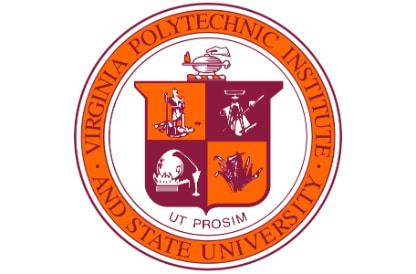Additional challenges included the installation of applications on local, low-powered devices, such as student laptops. Frequently, there would also be a need to transfer large volumes of data from central application servers to end-user PCs, reducing productivity for remote users.
Computational Science Specialist Justin Krometis (Advanced Research Computing, Virginia Tech), explained further: “Copying output data from central servers to end user PCs placed a strain on our network bandwidth, especially at older faculty buildings. In addition, setting up users was also a complex process, requiring extensive training of students and faculty members. This would often lead to a significant number of help desk requests.”
Overcoming challenges with OpenText Exceed TurboX
To overcome these challenges, Virginia Tech turned to Exceed TurboX to simplify user setup and administration, improve application and network performance, and increase productivity.
“Based on prior experiences with OpenText Exceed solutions for managed application access, our director of HPC was keen to look at its latest offering, Exceed TurboX."
“The browser-based access was an immediate benefit, making deployment to users much quicker and simpler. Plus, it runs on any device—even students with low-powered devices were able to run high performance applications,” said Krometis.
Exceed TurboX enables Virginia Tech to build a number of profiles to suit user needs. The profiles allow administrators or advanced users to specify the applications and scripts to launch on remote UNIX® or Linux® hosts. Users can launch these profiles to display the remote tools on their Microsoft® Windows®, Mac® or Linux PCs with a single click. Profiles are centrally managed, making the deployment of updates quick and easy.
Simplicity: Eliminating command line usage
Overcoming the barrier to entry to HPC for many users, caused by the complexities of using a command line interface, simplifies their experience.
“Exceed TurboX helps reduce or even eliminate that barrier by allowing them to take advantage of graphical interfaces provided by many software applications. This makes the interface much more intuitive; with profiles, it even means that in some cases users can access these applications without ever using an SSH-like command line interface,” said Krometis.
When adding or updating applications in the computing environment, new or updated profiles can be made available to users in minutes. There is no reliance on users to enter new commands or amend any scripts themselves, reducing errors and saving time.
Virginia Tech no longer has to produce detailed user guides to help users set up individual applications on their computers. Its help desk also receives significantly fewer support calls for these software packages, allowing it to focus on other tasks.
 Virginia Tech
Virginia Tech



